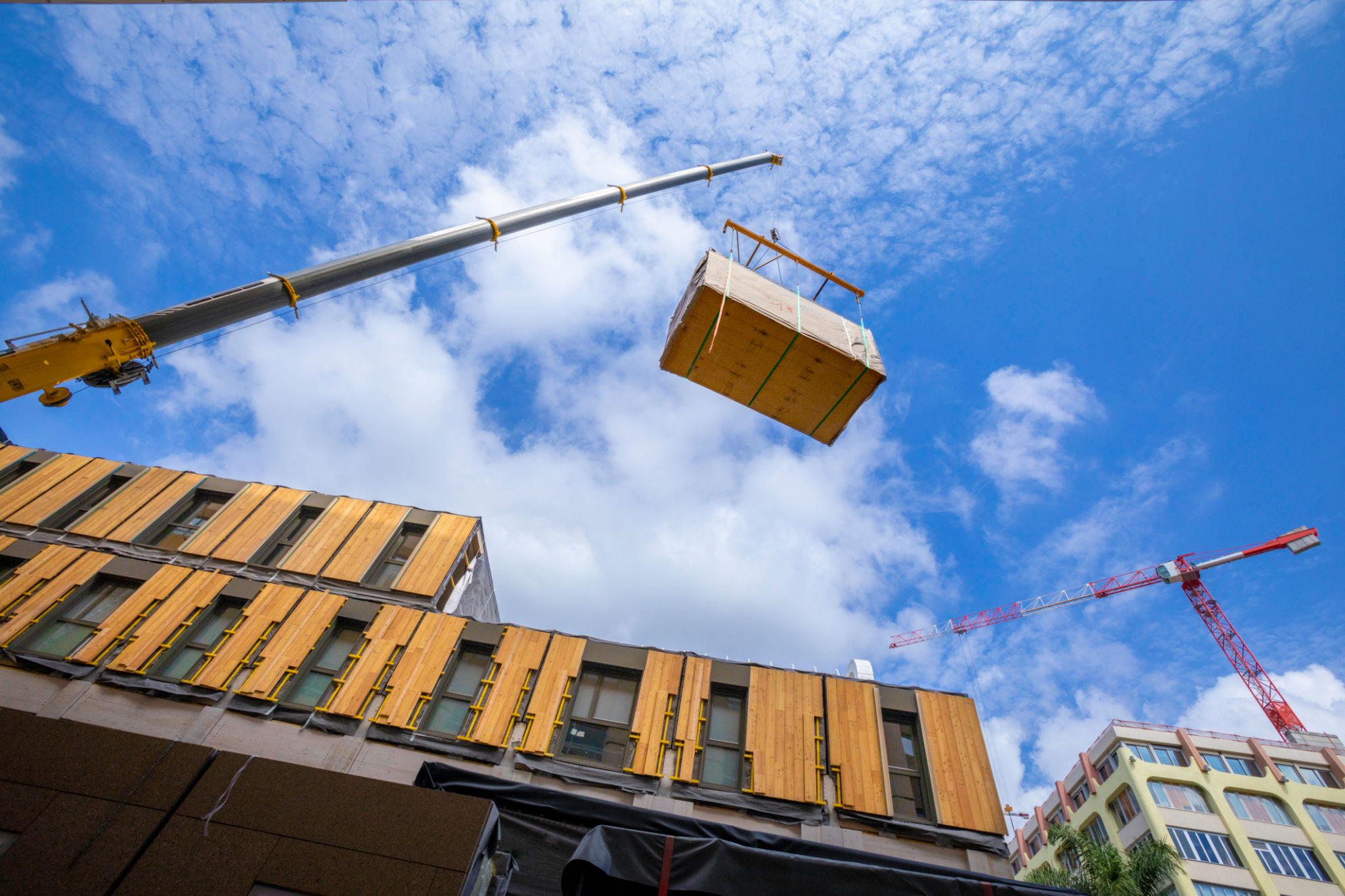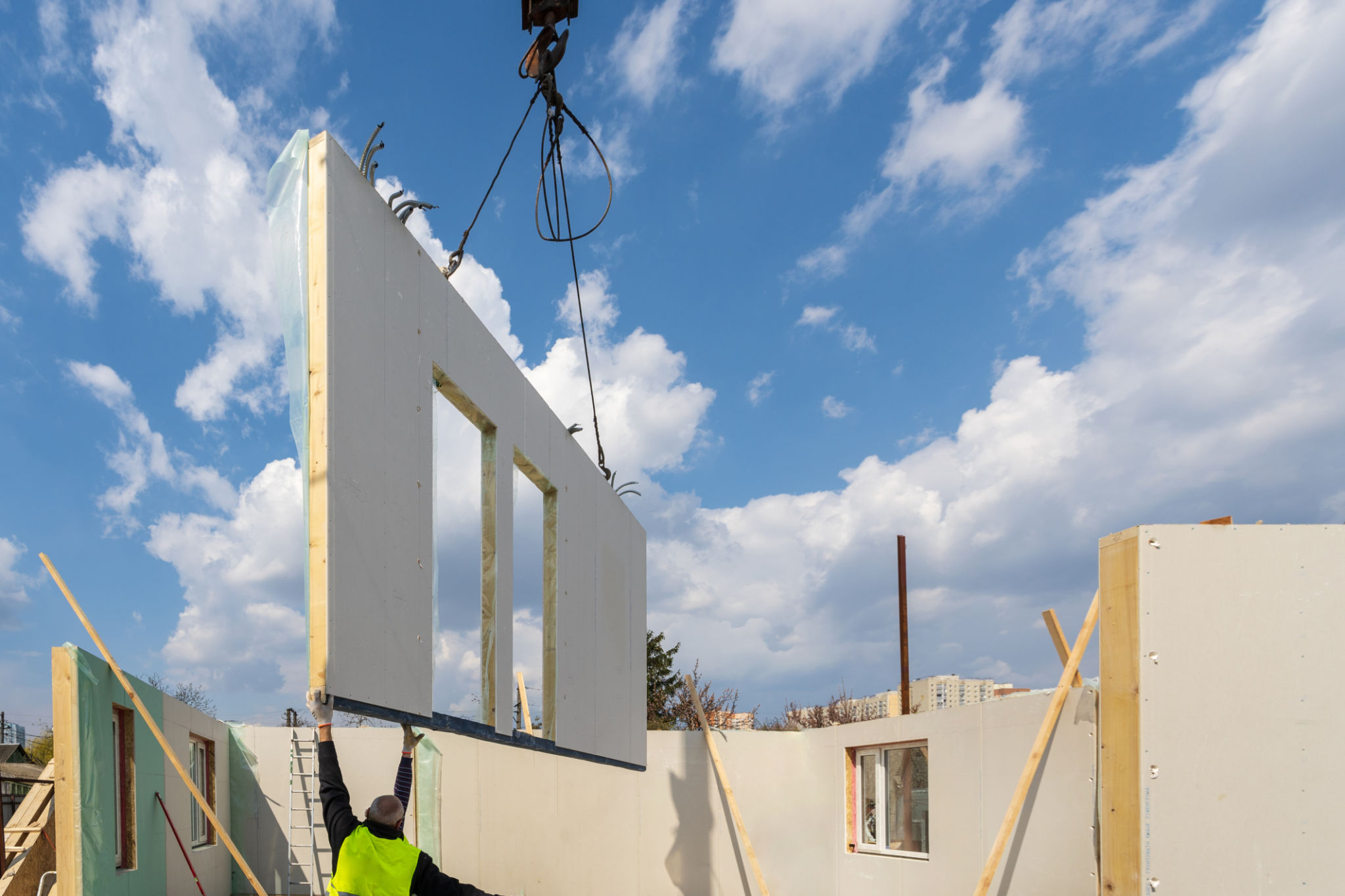Sustainable Construction Solutions: A Guide for Eco-Friendly Building
Understanding Sustainable Construction
Sustainable construction is a method of building that seeks to minimize the environmental impact of construction activities and promote resource efficiency. It integrates environmentally friendly practices into every aspect of the building process, from design to demolition. The goal is to ensure that the structures we build today do not compromise the ability of future generations to meet their own needs.
Adopting sustainable construction techniques is not only beneficial for the environment but also offers significant economic advantages. By reducing energy consumption, minimizing waste, and using sustainable materials, builders can achieve long-term cost savings while contributing positively to the planet.

Key Principles of Eco-Friendly Building
Energy Efficiency
One of the cornerstones of sustainable construction is energy efficiency. This involves designing buildings that require less energy for heating, cooling, and lighting. Techniques such as using high-performance insulation, energy-efficient windows, and smart building systems can drastically reduce a building's energy consumption.
Resource Conservation
Resource conservation is another critical aspect of sustainable building. This principle emphasizes the use of materials that are renewable, recyclable, and sourced responsibly. By choosing materials like bamboo, reclaimed wood, and recycled metal, builders can significantly reduce the environmental footprint of their projects.

Innovative Sustainable Construction Practices
Green Roofs and Walls
Green roofs and walls are becoming increasingly popular in urban areas. These features not only enhance a building's aesthetic appeal but also offer numerous environmental benefits. They help reduce urban heat islands, improve air quality, and provide habitats for wildlife.
Water Management Systems
Effective water management systems are essential for sustainable construction. These systems are designed to reduce water consumption and manage stormwater efficiently. Technologies such as rainwater harvesting, greywater recycling, and low-flow fixtures can help conserve this precious resource.

The Role of Technology in Sustainable Building
Technology plays a crucial role in advancing sustainable construction practices. Innovations such as Building Information Modeling (BIM), smart sensors, and energy management software are enabling builders to design more efficient and sustainable structures. These technologies provide valuable data that can be used to optimize resource use and improve building performance.
Furthermore, the use of prefabrication and modular construction techniques is revolutionizing the way buildings are designed and assembled. These methods reduce waste, improve construction speed, and allow for greater precision in resource management.

The Future of Sustainable Construction
The future of construction lies in sustainability. As awareness of environmental issues grows, so does the demand for eco-friendly building solutions. Governments are introducing stricter regulations, and consumers are increasingly seeking sustainable options for their homes and businesses.
By embracing sustainable construction solutions today, we can create a built environment that supports a healthier planet and a more resilient society. It's not just about meeting today's demands but also about paving the way for a sustainable future.

